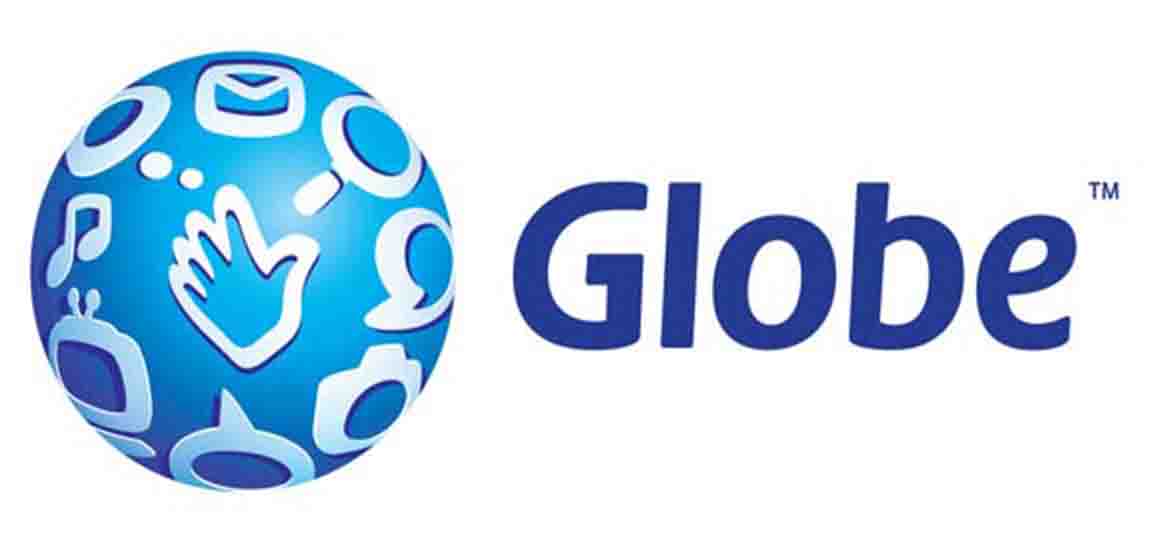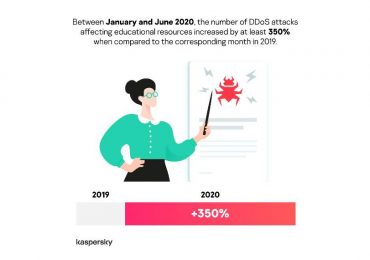Globe Telecom clarified some erroneous facts presented by the Internet Society-Philippines Chapter (ISOC) about the 700MHz spectrum in its letter intended for the Philippine Competition Commission (PCC) opposing the telco players’ acquisition of San Miguel Corporation’s telecommunications assets.
Yoly Crisanto, Globe SVP for Corporate Communications, said that as an active player in the global telco industry, it is necessary for the company to correct information presented by special interest groups like the ISOC especially if such information impacts public perception and corporate reputation. “Industry players can collaborate with groups like ISOC by providing additional information they can use in forming a position regarding issues facing the industry especially if they are being looked upon as subject matter experts by the public,” Crisanto said.
One of the claims made by ISOC in its letter to the PCC is that the 700MHz does not have special properties when compared to other frequencies.
Industry veteran Gil B. Genio, Globe Chief Technology and Information Officer said that the use of the 700 MHz will extend the company’s LTE footprint even to areas that were previously unserved even by 3G technology, compensating for the bureaucratic red tape hampering the telecommunications operator’s bid to build more cell sites and expand network capacities.
“The 700 MHz provides an additional capacity layer over existing 3G and LTE capacity layers using frequencies on the 1800 MHz, 2100 MHz band and the 2500 MHz bands. As a result of this layer, customers at the cell edge coverage of the high frequency capacity layers are served by the 700 MHz providing better experience to these customers. As an off-shoot of these, the 3G and 4G layers using high frequency band are offloaded, providing additional capacity for better mobile data experience of our customers,” said Genio.
In his letter to the ISOC, Genio clarified that mobile service providers would normally favor higher bands (such as 2300 or 2600) because they can carry more information for the same MHz slice over low frequency bands (such as 700/900). However with the increasing adoption for mobile data as a result of smartphone usage, more high speed internet users are using the same cell site owing to the low site density situation in the Philippines. As a result, mobile service providers have begun to use a variety of methods to support more users. One method is to split up the cell sites, effectively increasing site density and lowering the number of users using the same cell site. Other techniques include re-using spectrum at various sectors, or even layering and aggregating frequency bands to support more users. Unfortunately, the “experts” and the public do not recognize the importance of increasing site density or adding more cell sites, which is a huge challenge to delivering better telco services in the Philippines. It is because of the inability to add sites that more frequency slices are necessary in order to support more high speed users per cell site, he explained.
“Aside from its ability to carry information, the use of the 700 MHz band provides better coverage versus higher frequency bands (such as 2300 or 2600), and therefore mobile service providers can support more high speed users using the same tower or cell site footprint that currently exists today. Regardless of frequency band, additional spectrum is still an additional layer for capacity,” said Genio.
The ISOC has been critical of the industry because of the challenges in internet speed that the country is facing. According to Genio, speed is a function of several variables: how far the user is from a cell site, how many other users are being served by the same cell site, the aggregate bandwidth from the cell site to a mobile service provider core network and internet backbone, and as important, the size of the frequency spectrum and its position that dictates how much information can be carried. One service provider has a different amount of assigned frequency from another. What Globe has is different versus other telco players. “Even if we assume that all players have equal spectrum, which is not, users can enjoy higher speeds if there is a larger slice of frequency spectrum, the slice being more at low frequency bands and smaller at higher frequency bands (without forgetting the distance to the cell site),” he said.
In response to ISOC’s claim that it is possible to deliver excellent wireline internet connectivity even without any spectrum assets, Genio emphasized this is the reason why the company has been aggressively laying out fiber especially in key cities. However, such efforts are hampered by existing challenges that include permitting requirement for right-of-way. Also, the backhaul requirement posed by the archipelagic nature of the country is another major challenge, he said.
“We want to underscore the fact there has been a history of underinvestment in fixed broadband infrastructure in this country, which is why we are on catch up mode to lay down as much fiber optic cables in our primary cities and key development areas as we can. By now, the public should begin to understand that even the Akamai reports on the average internet speed in the country is a reading from our fixed broadband which has very low adoption and not mobile internet. Our situation in the Philippines is different compared to others as our primary means of broadband access remains wireless (mobile) broadband for now. In using wireless technology, it is more pervasive, however over the long term, it will have difficulty in matching the throughput rates or speed of fixed broadband network. Hence our desire to build more infrastructure as fast as we can,” he said.
He also pointed out that the average amount of spectrum bandwidth assigned to wireless operators is 401 MHz in Asia Pacific, 460 MHz in Europe and 296 MHz in Latin America. Prior to the buy-out deal with San Miguel, Globe Telecom’s spectrum holdings only totaled 210 MHz, increasing to 340 MHz after the deal, still below the average in the region.











